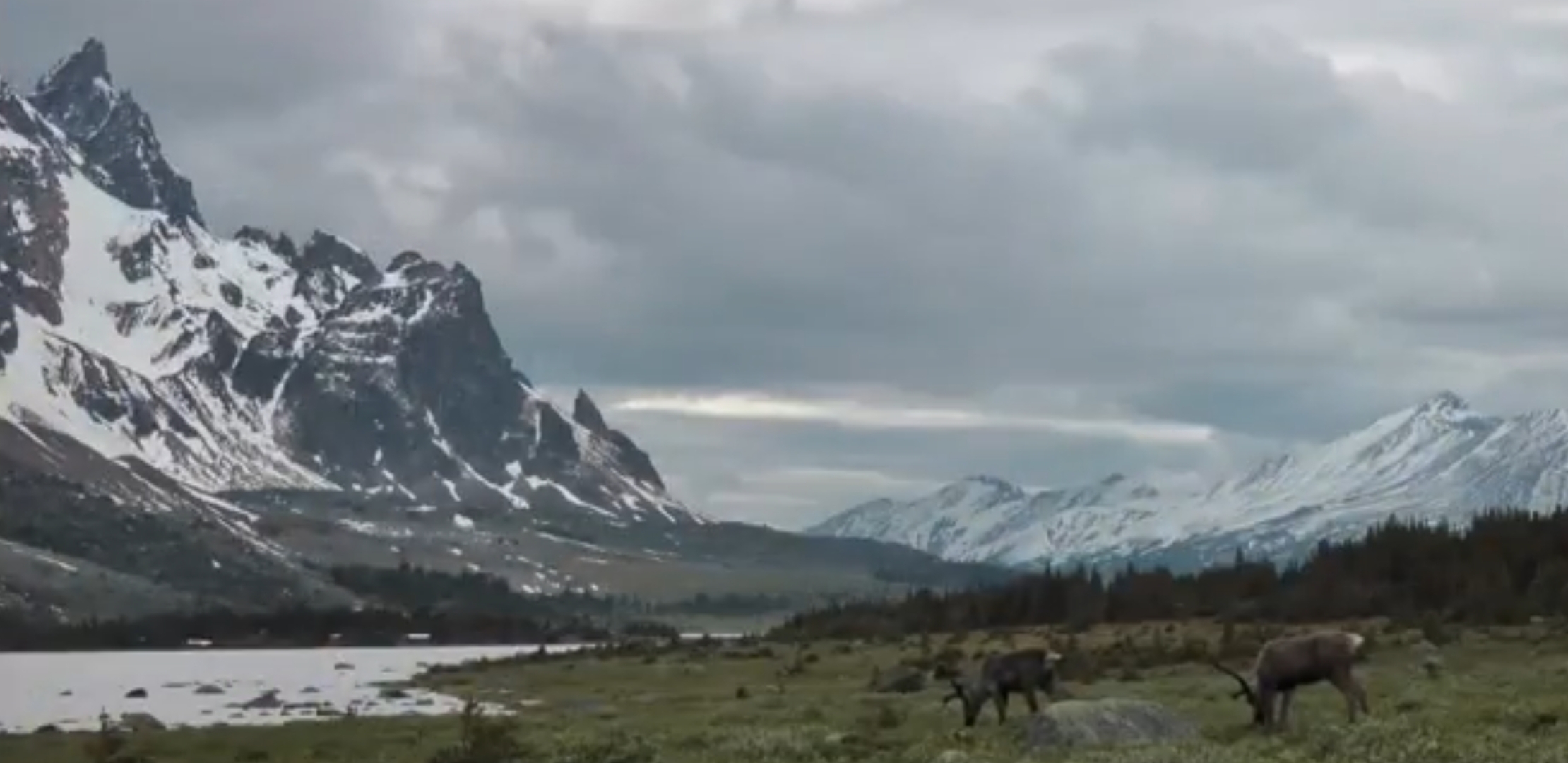
September 03, 2020
Anna Murray
The World Wildlife Fund released September 2nd “The Living Planet Report Canada 2020” offering a window into the Canadian ecological health and providing solutions to protecting and conserving wildlife.
The new report has used 300 sources of data dating back to 1970, including 389 bird species, 100 mammal species, 357 fish species, and 37 species of amphibians and reptiles that are on the International Union of Conservation of Nature (IUCN)'s Red List of species considered to be of global conservation concern.
Populations of Canadian species assessed as at risk nationally by the Committee on the Status of Endangered Wildlife in Canada (COSEWIC) have declined by an average of 59% from 1970 to 2016. In particular, nationally at-risk species in Canada include Wood turtles, leatherback sea turtle, Collared pikas, Atlantic walruses, Burrowing owls, and the North Atlantic right whale. Meanwhile, species of global conservation concern assessed as threatened on the IUCN’s Red List also have declined in Canada by 42%, on average, from 1970 to 2016.
The report pointed out that at-risk species in Canada face multiple threats, such as biodiversity loss, habitat loss, land and shoreline developments, and pollution, and human-activity in over-exploitation of commercial species, which was mostly to blame. All threats are potentially exacerbated by the increasing and accelerating threat of climate change.
The report urged reversing wildlife loss in Canada, and called for a different approach to conservation, one that can more effectively address multiple threats to biodiversity and Canada’s ecosystems, including the accelerating climate crisis.
Photo:Webshot.
